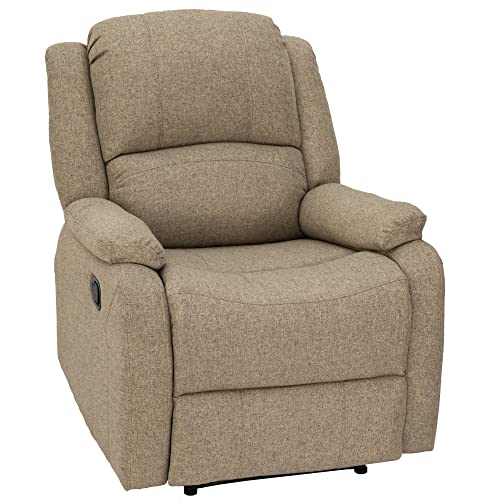ascii_man said:
Just look at the comments on the portable units (and RV units) on Amazon. While a dual-hose unit may not be 2x less powerful, it will radiate heat from the body and hose. But cooling effectiveness is only one metric: you have to also look at acquisition cost and efficiency. Window units are far cheaper and have much better energy efficiency.
In general, "COTS" (commercial, off-the-shelf) equipment provides far better value than specialty stuff. While everything we are discussing meets the military's definition of COTS, my point is that window units are a very competitive and mature industry, while portable and roof-mounted units are specialty items and, relatively, garbage.
Still don't see how a portable A/C is half as efficient as a same-BTU rating window A/C. When I feel the back of the DELONGHI 12,500 BTU single hose portable A/C, I don't feel any radiant heat. The hoses do bring a little heat back into the space, and there is also the suction that a single hose portable has, which could be overcame with an intentionally leaky window.
The good thing about portable A/Cs is well, they're portable. They do cost more than window A/Cs and are less efficient due to their fundamental design. Window A/Cs are the best value if one has a hole in their rig to put it through, or can remove a glass window. Portables are great for those changing rigs every year and desire/need stealth A/C. COTS does provides far better value than specialty stuff.
jimindenver said:
Debit
Think of it this way. You have a fridge or freezer with one hot wall. The more you try to cool it down, the hotter the wall gets. It's a never ending battle that eventually the heat will win. Why? Because you create more heat cooling the air than you remove from it, you can not win.
It would help if you could butt the unit up to a window or wall and vent it directly outside. All that would be left then is the heat from the case and there is nothing to be done about it.
So power wise window units are more efficient.
Since they are not fighting themselves a window unit requires less BTU to do the job.
Window units are much less expensive too but they do have the drawback of needing to be mounted.
I don't understand, the heat is exhausted through a hose and out of the space. It's not like the hose is removed from the portable, and the heat can't be exhausted out of the room. Some portable A/C models probably radiate heat from the back of them; but the DELONGHI I have doesn't, at least noticably. Even with the lesser efficiency, it's still going into the van this summer and might serve as cab A/C if the vans refridgerant can't be recharged.
Off Grid 24/7 said:
...
I only used dry ice in my 12v AC unit once in Phoenix, and it was way too cold for me, even though it was about 120° in the shade there. After only a couple of hours, I switched back to just plain ice, which kept my van plenty cool enough.
Dry ice does work great for turning a regular ice chest into a freezer though. Starting out with two ice chests, one block of regular ice, and one block of dry ice, I can boondock for up to a month, with one cooler for a fridge, and the other a freezer. The freezer can make more ice for the fridge as you go.
Off Grid 24/7, I am skeptical how the Non-Evaporative Swamp Cooler/Heater Core/Recirculating Ice Box A/C (what is the best term for this) can substitute A/C in 120+ degree heat for more than an hour, even with dry ice. What temperature is/was "plenty cool enough"? A comfortable temperature with strong radiant heat and 100+ outdoor air temperature is the upper 70s inside, which is where the back of the van got to in Hitchin' Post RV Park with 11,000 BTUs of A/C running at max cool; with daytime highs at 97-116 degrees (116 degrees F on Saturday, June 20th, 2015 in North Las Vegas, NV). The van was in direct sunlight, with back blacked out, and cab glass un-reflectixed.
Keep in mind that Dry Ice is expensive cooling, only cost effective in the short term. Bought 80 pounds of dry ice to keep food cold for BM 2015, and don't plan to again. Desire a 12v compressor-based chest freezer so bad... WAY cheaper than dry ice in the long term.
It occured to me one could recirculate water with copper tubing coils at each heat transfer point between a operational 12v compressor chest freezer and a couple ice chests instead of forming ice or swapping ice bottles between freezer and ice chest. It could make a great heatsink for the Non-Evaporative Swamp Cooler/Heater Core/Recirculating Ice Box A/C, with the 12v compressor chest freezer in a seperate "room" with ventalation away from the one to be cooled. For vandwellers, the 12v compressor chest freezer is in the cab with windows down while the fan with coils/heat exchanger is in the back of the van.











































































